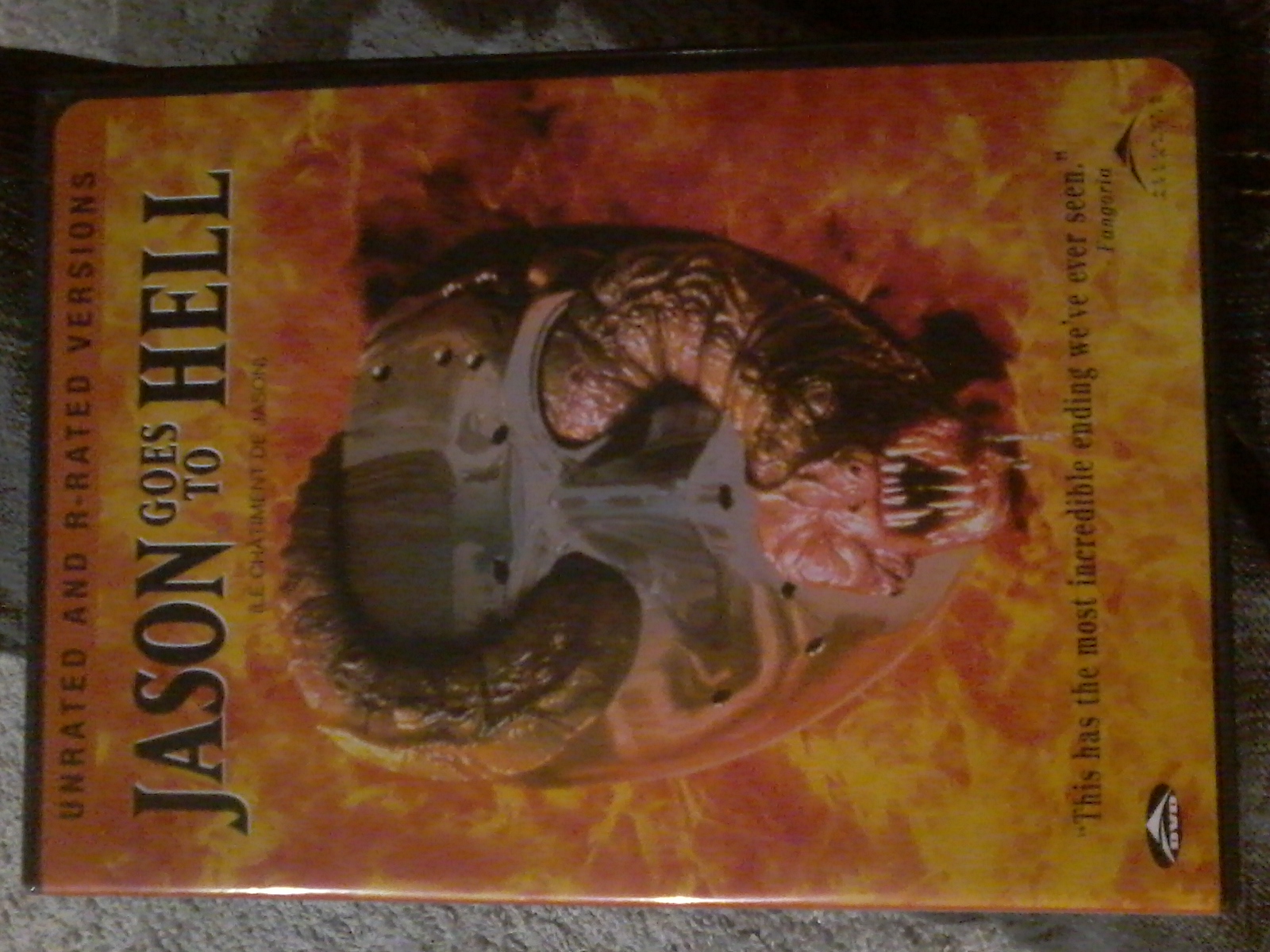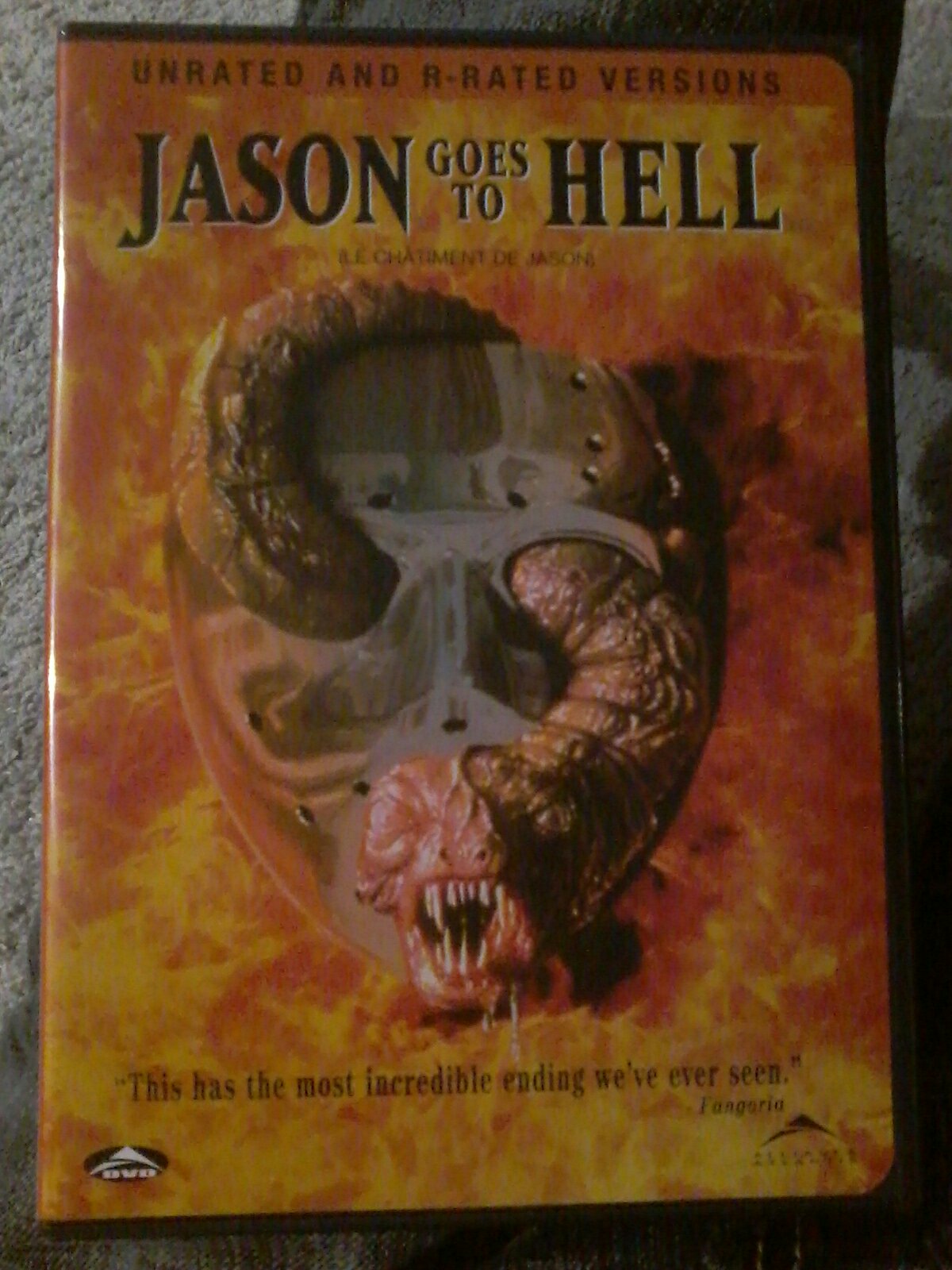Nintendo – and every other seller of goods in the world – had a big ol’ Black Friday sale recently, which naturally included a whole bunch of eShop titles. But I didn’t buy any of Nintendo’s games. No, I spent my money on a couple of indie games, and finally purchased Starlink: Battle for Atlas, which I’ve been putting off since it came out. I only now cracked because the complete edition (with all DLC) was marked down ridiculously low.
But that’s not what I really want to talk about today. I want to talk about one of the previously mentioned indie games: Rogue Legacy. This game came out ages ago on PC, and I tried playing it a little, but my system just couldn’t bear the weight of its… 16-bit graphics. So I really was only able to get a tiny taste of what it was like, which did manage to stick it in my brain, prompting me to wishlist the Switch version when it was released many years later. And then I bought it once it hit an appropriately low sale price.
Playing Rogue Legacy again has really reminded me of why I gave up on roguelikes so long ago. There was a time when I was into them, mostly because Jeremy Parish said I should be, and I was more than happy to pour hours into game like Shiren the Wanderer, Izuna: Legend of the Unemployed Ninja, and Spelunky. Over time, though, I realized that I don’t much care for this style of game. Now, that’s not to say that I can’t appreciate a game that has roguelike elements, but at the end of the day, it’s just not a genre that I have much fun with.
I think it’s worth examining exactly why it is that I don’t care for these games, so let’s start with the most obvious point: Permadeath. This means that when you die, you start the game over again. No checkpoints, no saves. Back to the beginning for you. Better luck next time. This is nothing special, since this “feature” has been around since the days of Space Invaders. The difference, of course, is that roguelikes are typically adventures that have a set ending point, rather than just having you chase high scores. And I don’t mind it. It seems like a lot of roguelikes are actually very short to accommodate this rule, since it would suck hard to get 10 hours into a game only to die and lose it all. So we’re just going to scratch permadeath off the list of things that I dislike about the roguelike genre.
Digging a little deeper, we get to the next really big one: random world generation. Or at the very least, random dungeon generation. Also known as procedural generation, this tactic of letting the game design the levels for you have been every indie developer’s go-to design philosophy for the last few years. And in some cases, it’s fine. Minecraft would lose a vast majority of its magic if it were the same world for every player, every time. When developers design rooms and then let the game string them together, that’s not too bad either. I fell hard for Chasm last year, going to far as to declare it one of my favourite games of 2018.
But when the whole game is created by a random number generator with a questionable amount of logic to work with, things can go horribly awry. The premise of a different game layout every time you play can certainly seem appealing, but then you realize that it’s more likely to screw you over than anything. Maybe you don’t get any helpful items for like 5 floors/levels. Maybe the whole floor is spikes and there’s nothing to jump on so you can get across. Maybe there’s an invisible instant-death trap right next to your starting point and it’s just over. Nothing feels like more of a waste of time than losing runs to simple bad luck. I don’t mind losing because my skill isn’t up to snuff, or I made a stupid mistake. But losing because my hunger meter was empty and the game didn’t give me any apples to replenish it is very close to infuriating.
All that is to say that I will always prefer playing a game with human-designed levels. I want every tile or polygon to be there for a reason. I want to know that I have been allowed the proper resources to deal with the challenges I’m going to face. If I squander those resources irresponsibly? That’s on me. And I get that it takes more time and resources to hand-craft levels and dungeons, but I truly think the final product is consistently better when you don’t leave it up to a computer.
I’d also like to make an aside about those invisible traps I mentioned before. What kind of garbage is that? You step on the wrong tile and then suddenly you’re poisoned or seventeen monsters spawn around you? That’s just mean. Not fun. Nothing about that is fun. Nuts to you, any developer that uses invisible traps.
Another thing that drives me up the wall is “unidentified” items. Basically, you pick up this question mark item, and you need another item to identify it. Or maybe sometimes your character has to have a certain intelligence stat or something. I think that in a roguelike setting, these are really aggravating, mostly because they seem to be super common (or maybe it’s just my bad luck). It’s not so bad when you can go to a town and restock on magnifying glasses or whatever bauble it is that identifies things. But when you’re stuck hoping that these things will randomly spawn somewhere? Nuts to that. Just… all the nuts to it. Then when you finally identify the thing, it turns out to be a “scroll that causes paralysis to the user”.
Seriously, why do people like roguelikes so much?
Anyway, I guess those are my main gripes with the genre. So what was that one game that made me think about it in the first place? Oh right, Rogue Legacy. I generally do like Rogue Legacy, despite its lineage. But mostly for the things that separate it from the standard roguelike. For one, it’s a Castlevania-inspired platformer instead of a turn-based-RPG. That’s already a big win in my book. Not that I have a problem with RPGs, but platformers are my jam.
Rogue Legacy does make use of a lot of the usual roguelike elements. The castle you’re adventuring through is randomly generated every time you enter, and you lose all progress whenever you die. It doesn’t throw in any mystery items, which is nice, but items are barely even a thing here anyway. What sort of makes up for that randomness is that every time you die, you have to choose from three randomly-generated characters for your next run. Each one has a name, class, trait, and subweapon assigned… randomly. I feel like once I’m done writing this, I’m going to hate the word “random” more than ever.
Your guy/gal’s name is inconsequential. Their class determines their stat distribution and special ability. The subweapon is picked from a pool of maybe half a dozen, mostly based on classic Castlevania subweapons. Lastly, and most importantly, is the trait. Your character is given a trait (or sometimes two or sometimes none) that acts as a modifier for that particular run. If your guy is “nostalgic”, the screen will get a sepia overlay. If they suffer from gigantism, their sprite will be larger than usual. If they have vertigo, the entire game will be flipped upside-down. If they’re gay… I don’t think it actually changes anything. It’s a weird inclusion, but I think it’s an awkward way of trying to say that it’s perfectly normal to be gay?
The thing I like about this system is that you can always choose from a pool of three characters. You’re never stuck with a bad trait, and even if all three have traits you don’t like, you can choose the one that’s least offensive. It’s a way to include an element of randomness while letting the player still feel like they have a little say in how their experience unfolds. The game even tells you what each trait does before you pick it, and I really appreciate that transparency. Though in all honesty, some of the descriptions are less helpful than others. And it seems that sometimes you get a trait that isn’t listed on the character sheet… but usually it it’s one of the more benign, “funny” ones, like IBS or Coprolalia.
The major thing that Rogue Legacy does to deviate from a traditional roguelike is the fact that it lets you make permanent progress. While you lose your progress in the castle every time you die, you get to keep all the money you found, and that can be spent on permanent character upgrades. There are some that boost your base stats, some that unlock class upgrades, and some that do other things, like hiring NPCs that can give you even more power-ups.
While this may sound like it could be a little broken, Cellar Door Games did a really good job of balancing it. You lose all unspent money upon entering the castle, which keeps it from becoming a money grind to afford the next power-up. No, you’ve actually got to have a good enough run to collect all that gold in one go. So while you do gain passive bonuses over time, there’ s still an incentive to actually get better at playing the game. Even if you don’t collect a lot of money, there are permanent upgrades hidden in chests. So maybe all your run amounted to was finding a blueprint for a new set of boots, but at least you got that cool thing, and you get to keep it! Celebrate the small victories!
The problem with it is that since such a big part of the game is building your character up, there’s basically no way that you’ll be able to have a winning run early on. Bosses are much too strong, and even some of the regular enemies can ruin your day real fast if you haven’t made any significant HP gains. Absolutely there are crazy people out there who can do low-level runs, but that’s not for the common man. No, we’ll have to get in at least thirty or forty losses before a win even becomes viable. But I’m fine with that. I like the number-go-up of RPGs, and having to actually earn those numbers-ups with skillful play feels very satisfying.
The other thing that’s permanent is that when you kill a boss, it stays dead. This is a wonderful boon, as the bosses are already crazy hard, and trying to kill them all in a single run would drive me mad. Bosses give out a massive amount of money (and a fistful of permanent stat boosts) when you kill them, and while it would be handy to be able to farm them for that big payday, that’s probably exactly why they stay dead in the first place.
With all that said, I think that the permanent progression mechanics are what keep me playing Rogue Legacy when I would have quit any other roguelike long ago. Sure, you can have a really garbage run where you die before you can collect a useful amount of coin, but generally speaking, every run will provide you with a tangible reward. Maybe it’s something as small as a +10 HP boost, or maybe you just unlocked a new piece of armor that you can’t afford, but you still get to feel like you walked away with something. I know that enthusiasts of true roguelikes like to spout the “you learn something with every run” line, but that’s only a half-truth, because if you get killed by an invisible instant death trap 25 minutes into a run, you don’t learn anything. You can’t learn to avoid invisible, random trap. You could have done everything right and died because the RNG hates you. RNG never kills you in Rogue Legacy. It can stack a room against you by spawning a dozen projectile-shooting monsters, but you’ll never die because of something you could not have possibly accounted for.
I don’t know if any of this what I’ve just written makes any sense, but that’s the general gist of how I feel. I tried my darnedest to get into roguelikes, but for the most part, they just don’t gel with me. I need structure and dependability. A little bit of randomness can spice things up, but when an entire game leans on it, that’s just not for me. I’m glad roguelikes exist, because I think it’s an interesting genre, and I actually really like watching others play them on YouTube or what-have-you, but I just don’t have very much fun when I play them. Fortunately, we have games like Rogue Legacy that reign in the randomness enough to make something palatable to me.




